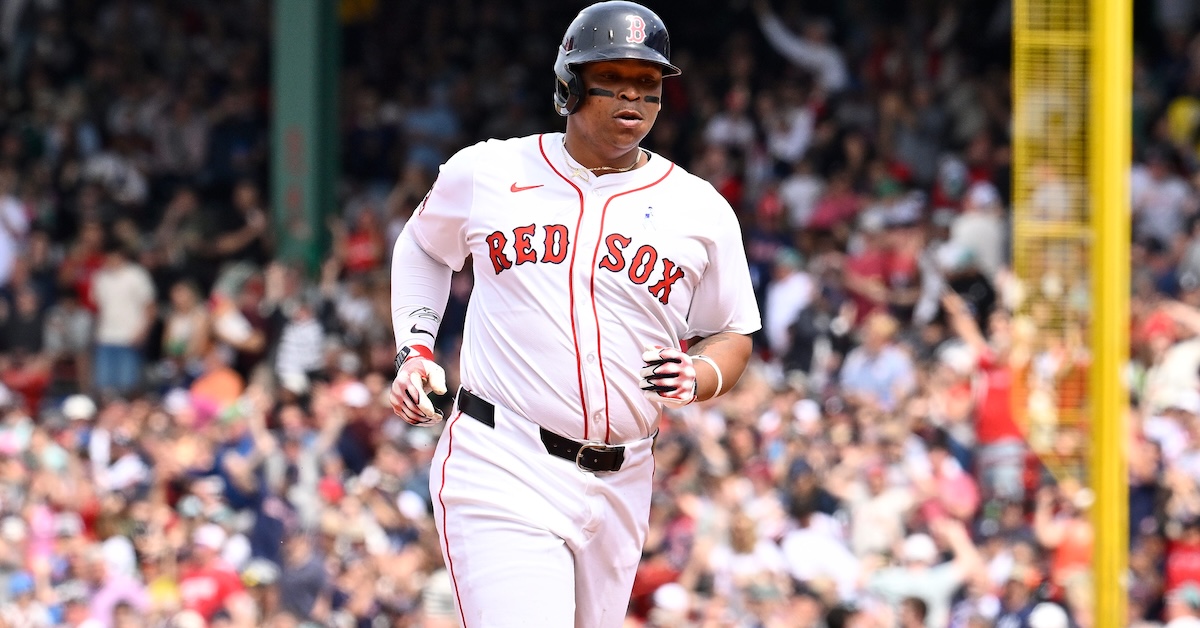In what feels like interminable scrolling of the internet this offseason waiting for something to finally happen, it occurred to me to ask, does any of this rumor-mongering actually tell us anything? It is certainly strange that we as consumers of baseball, a modified game of tag with hitting and throwing a ball, care so much about the internal machinations of billion-dollar organizations and the personal decision-making calculus of people we will never meet. Regardless of this peculiarity, I myself still spend hours a week wondering if George Springer would be willing to play for a team who doesn’t have a guaranteed home stadium for the foreseeable future and subsequently will be located in a foreign country in Canada.
This interest is what feeds the North American baseball media ecosystem and employs thousands of people, from reporters to web designers, social media managers to news aggregators, and many more. I wouldn’t necessarily argue that this content holds no value if it is biased or inaccurate, because the time we spend consuming this offseason content really just satiates our longing for baseball when we can’t watch our favorite teams live. But the question remains, does this content hold any predictive value, or are we just fooling ourselves?
This article is based on data scraped from MLB Trade Rumors, the leading aggregator of rumors around baseball, on December 9, 2020. I pulled the last 2,000 posts that each team was tagged in and analyzed what information we’re actually getting from reading and discussing the rumors and reports inside the baseball media ecosystem. To begin, we can observe the volume of rumors for teams by seeing how many days one would have to go back to reach a cumulative 2,000 posts. Read the rest of this entry »


